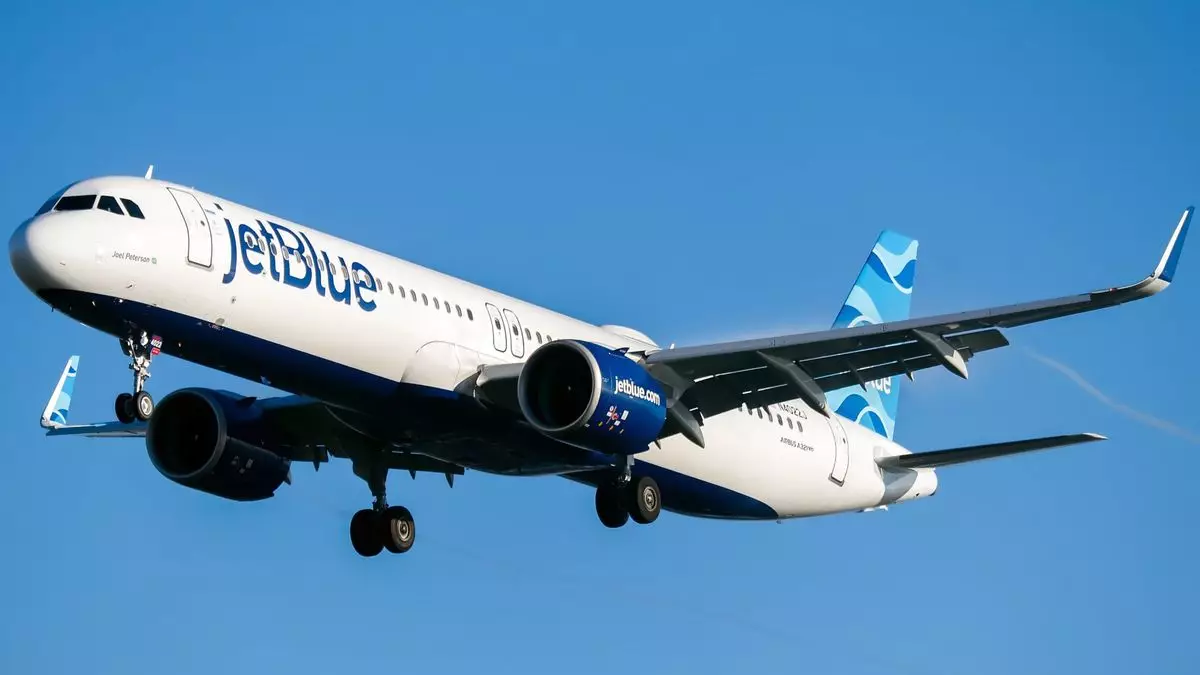JetBlue Airways has made headlines with its recent announcement to discontinue flights between Boston and New York’s LaGuardia Airport, a significant move that reflects broader trends within the airline industry. The decision to eliminate this critical route, set to take effect on April 29, points to JetBlue’s shifting focus towards leisure travel, attempting to recalibrate its operations in an evolving market. The airline cited escalating airport fees at LaGuardia, which now amount to approximately $50 per passenger, as a key reason for this strategic withdrawal. This increase presents a challenge for JetBlue in its efforts to deliver affordable fares while maintaining profitability.
The rising costs associated with airport fees are symptomatic of a larger trend impacting the aviation sector. Airlines are continuously grappling with fluctuating operational expenses, and for JetBlue, this cost burden has reached a tipping point on the Boston-LaGuardia route. By prioritizing leisure-focused routes, JetBlue aims to capture a market segment that is increasingly price-sensitive and oriented towards travel for pleasure rather than business. This pivot illustrates a mindful response to the broader economic landscape, wherein consumers are seeking both value and convenience.
Competitive Landscape
JetBlue’s withdrawal will alter the competitive dynamics of the Boston-LaGuardia market, where American Airlines and Delta Air Lines also offer flights. As these legacy carriers continue to capitalize on the route, JetBlue’s absence may open opportunities for them to expand their market share. The airline industry’s competitive nature means that JetBlue’s adjustments could act as a catalyst for others, potentially leading to fare increases or more strategic route adjustments from competitors who might feel the impact of JetBlue’s earlier pricing strategies.
Looking ahead, JetBlue is strategically redirecting its resources toward routes that reflect the growing demand for leisure travel. The airline has asserted its commitment to connecting Boston with New York’s JFK Airport, planning to increase the frequency of those flights during the peak summer season. By enhancing its presence at JFK, JetBlue can align its offerings with consumer preferences while also taking advantage of JFK’s larger international and domestic traffic.
Additionally, the airline’s plan to introduce daily service between Boston and Islip Airport on Long Island signifies a tactical effort to cater to leisure travelers seeking convenient and cost-effective options. With just 13 peak daily flights from LaGuardia in May, serving primarily Florida destinations, it’s clear that JetBlue is pivoting towards a model that emphasizes vacations over business travel.
JetBlue’s decision to cut the Boston-LaGuardia route marks a pivotal moment in the airline’s operational strategy, revealing a conscious shift toward leisure-oriented travel and a response to rising costs. As it refines its network, JetBlue’s future will likely depend on remaining nimble enough to adapt to ongoing market changes and consumer preferences. This decision not only reflects individual company strategy but also serves as a microcosm of the challenges and opportunities present in the current airline landscape. As JetBlue navigates this nuanced environment, how it balances profitability with customer expectations will determine its long-term success.

